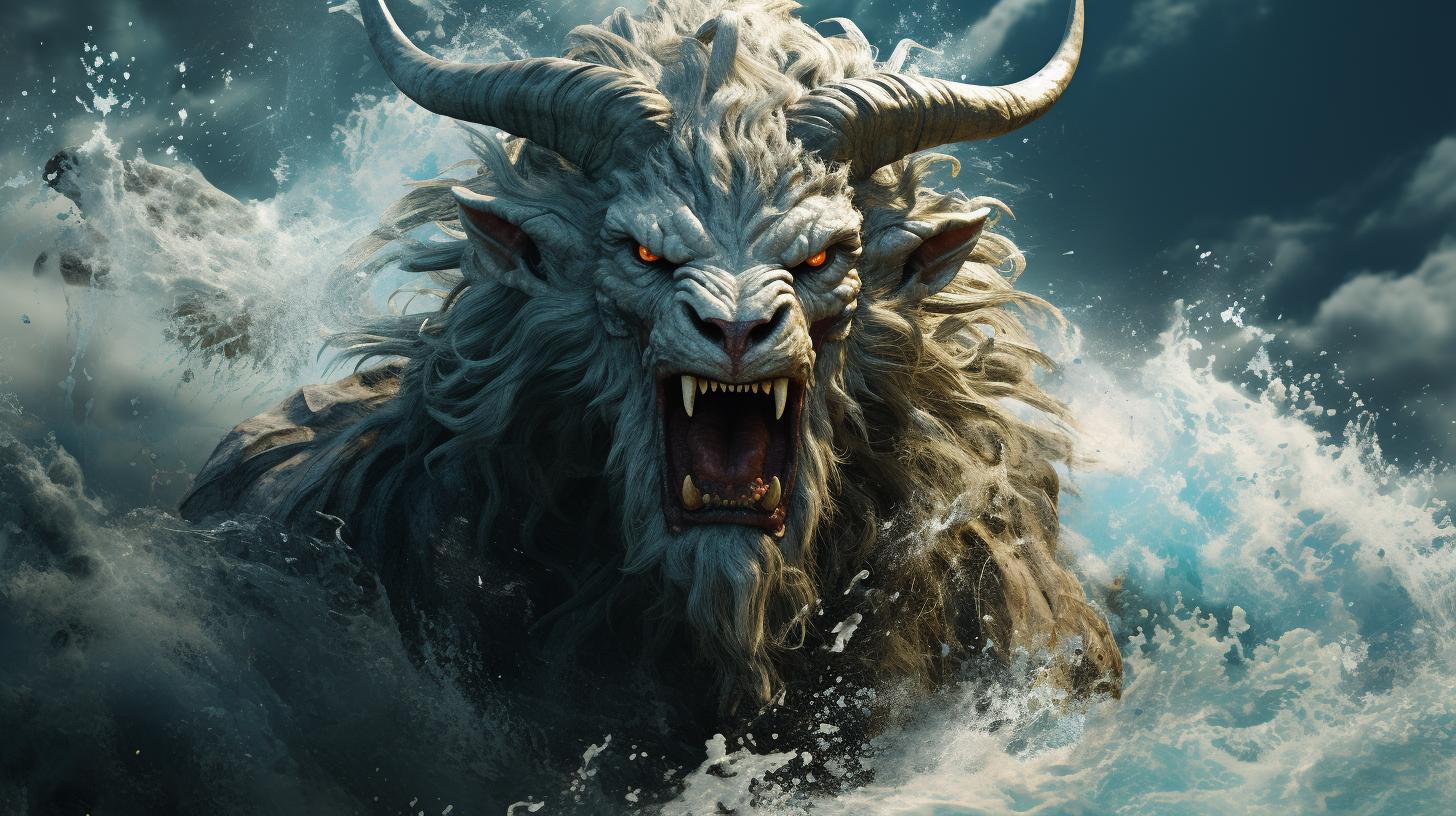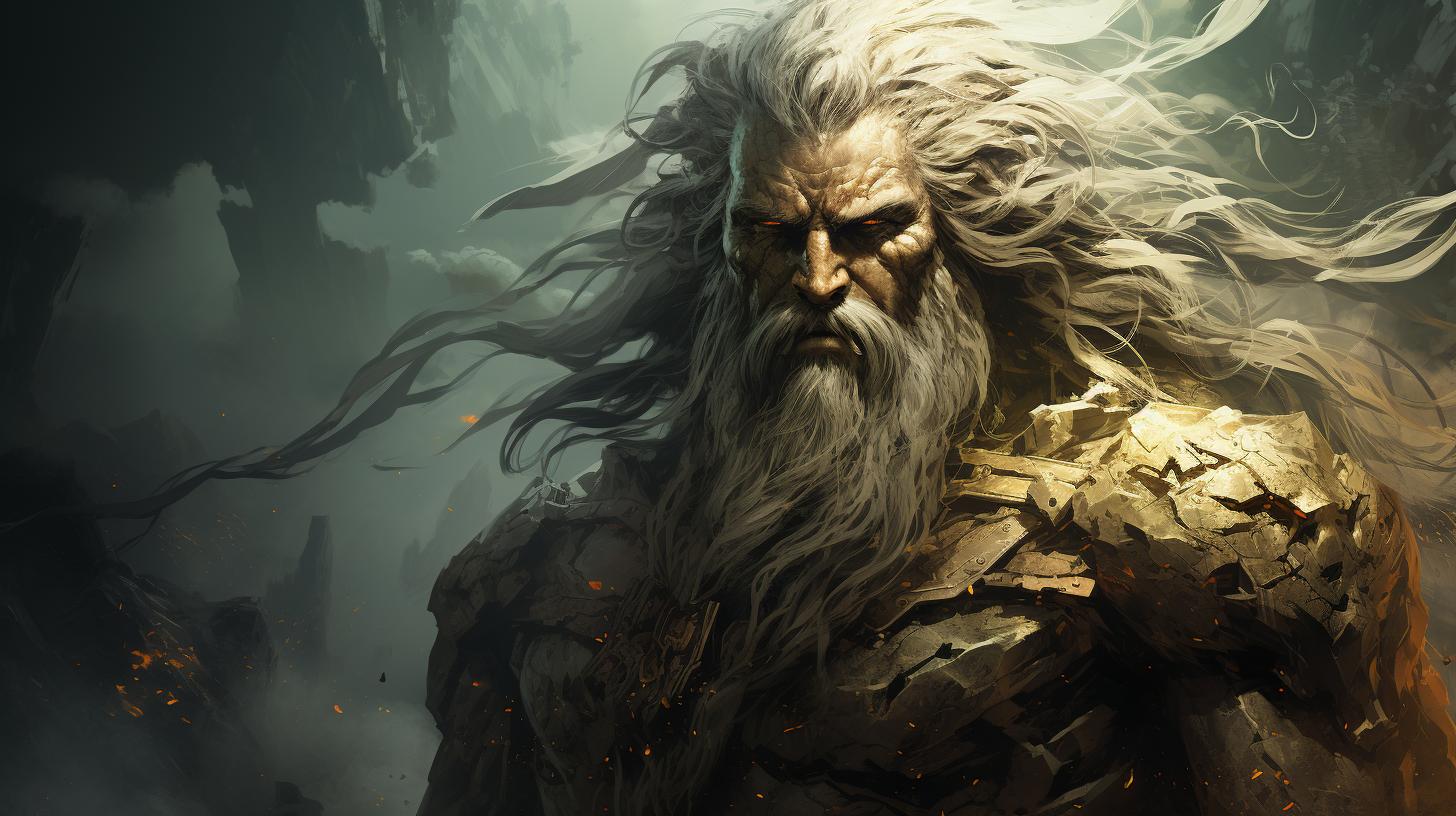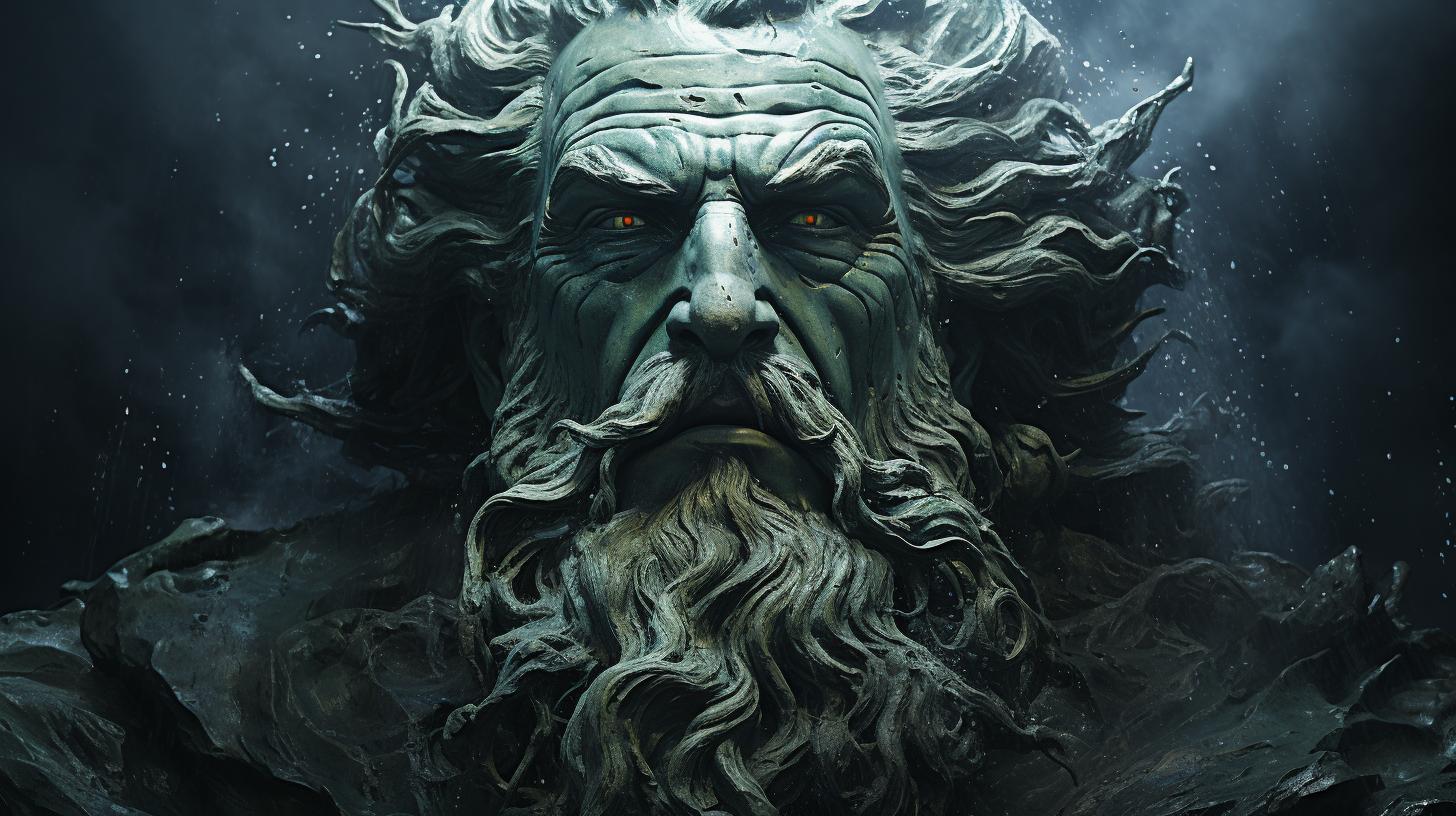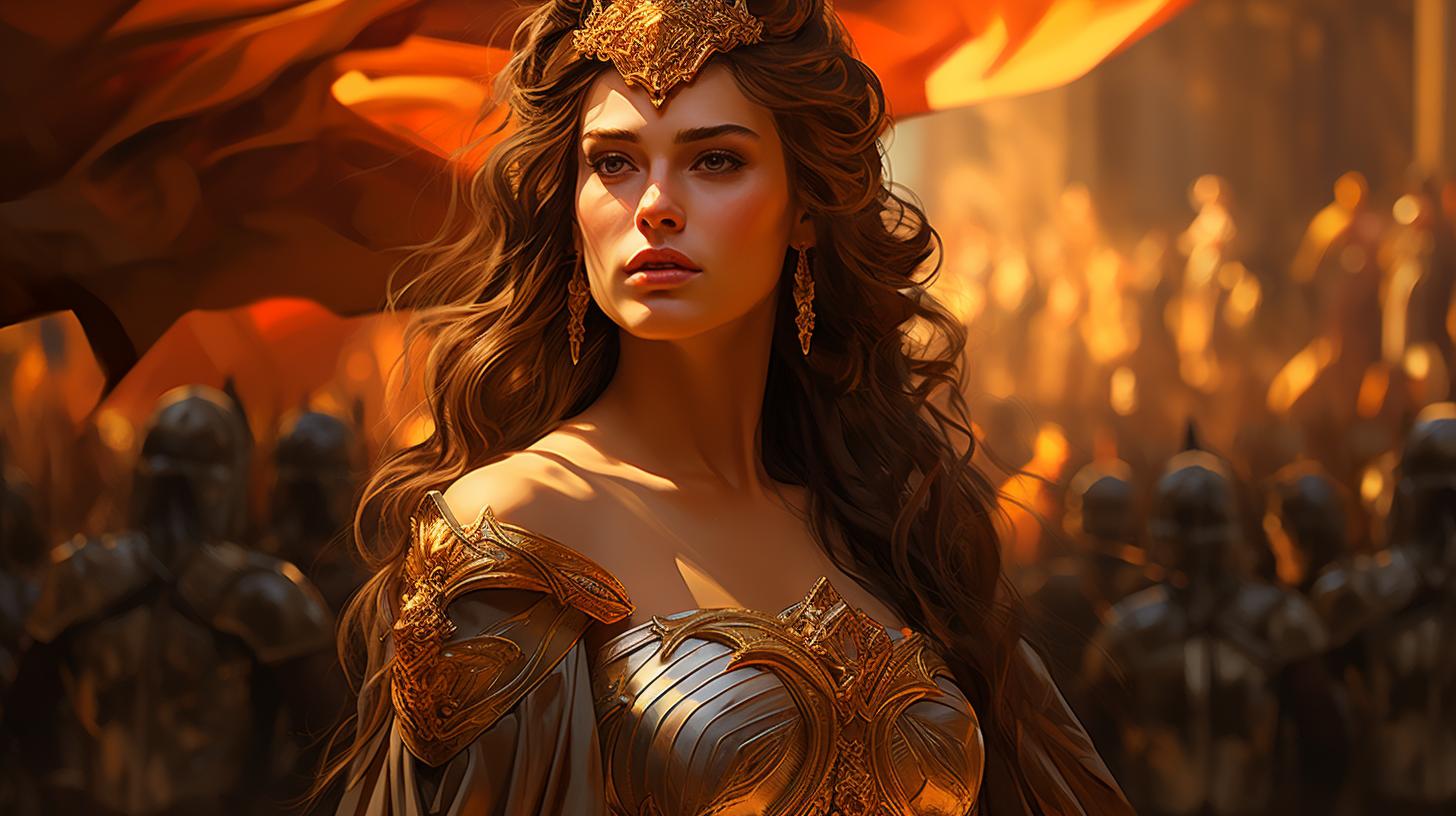Polyphemus Greek Mythology: Unveiling the Tales of the Mighty Cyclops
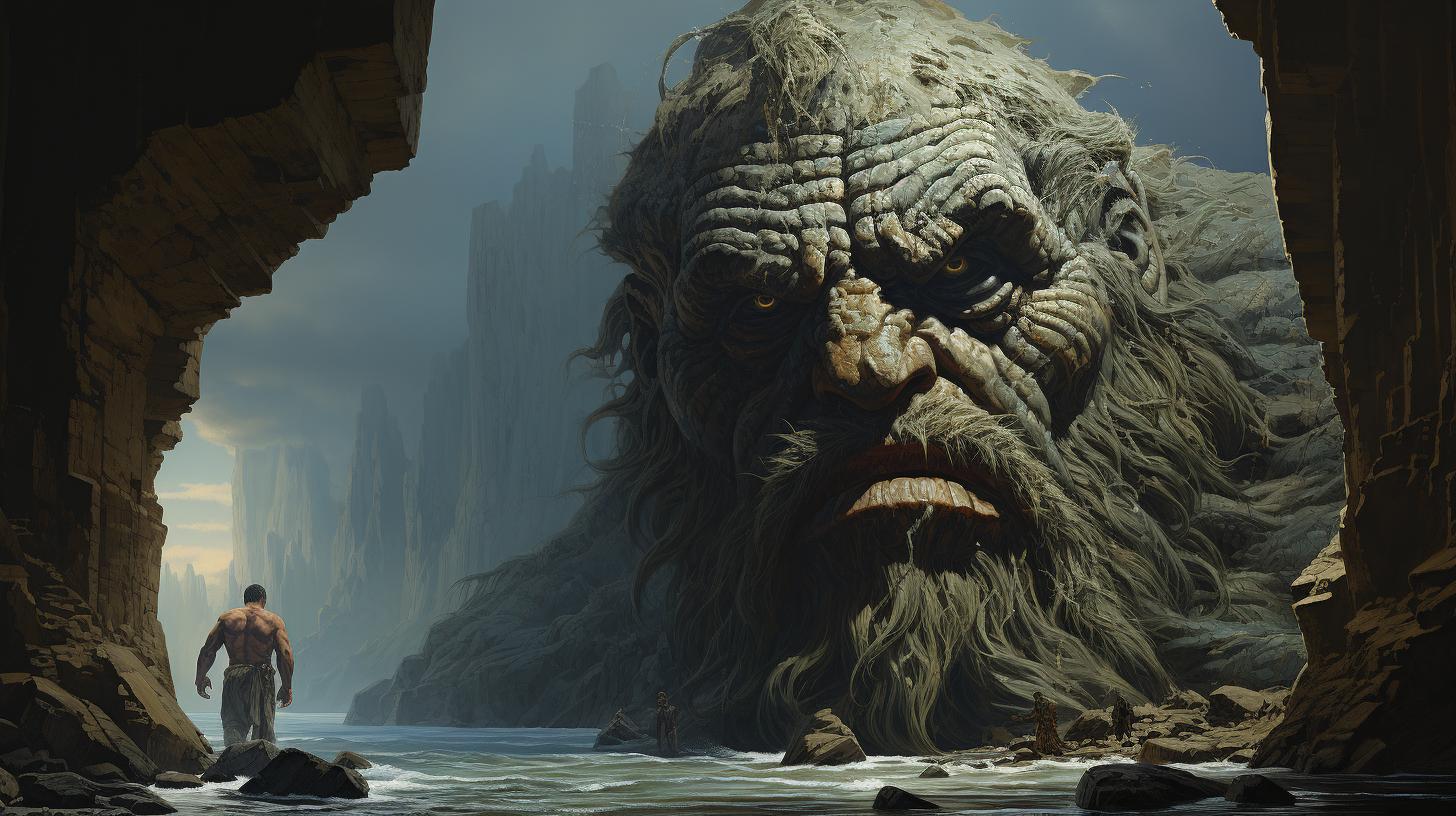
Polyphemus, a renowned figure in Greek mythology, is a vicious and feared Cyclops. Known for his role in Homer’s epic poem, The Odyssey, Polyphemus begins his tale with the encounter of Odysseus and his men on the Cyclops’ island.
The cunning Odysseus manages to outwit Polyphemus, blinding him in the process. This act of revenge leaves Polyphemus desperate for help and seeking vengeance from the sea god, Poseidon. Additionally, Polyphemus is involved in a tragic love story with the beautiful Galatea, resulting in jealousy and violence.
These captivating tales of Polyphemus are further immortalized through iconic artistic representations.
The Origins of Polyphemus in Greek Mythology
Polyphemus, a notable character in Greek mythology, has a fascinating origin story that contributes to his significance in ancient tales. Explore the parentage of Polyphemus, discover the monstrous nature that defines him, and understand his crucial role in the epic poem, The Odyssey.
The Parentage of Polyphemus
Polyphemus, the fearsome Cyclops, is the son of Poseidon, the god of the sea, and the nymph Thoösa. This divine heritage adds to the power and resilience of Polyphemus, portraying him as a formidable figure in Greek mythology.
The Monstrous Nature of Polyphemus
Described as a cruel and feared monster, Polyphemus is characterized by his single eye located in the middle of his forehead, granting him a distinctive appearance. With his immense size and strength, Polyphemus instills fear in those who encounter him, showcasing his monstrous nature and contributing to his notorious reputation in ancient legends.
Polyphemus’ Role in the Odyssey
Polyphemus plays a crucial role in Homer’s renowned epic poem, The Odyssey. When Odysseus and his companions become stranded on the island of the Cyclops, they unknowingly enter Polyphemus’ cave.
The subsequent events that unfold during their encounter with the Cyclops have a profound impact on the major themes and narrative progression of The Odyssey.
Embark on a captivating journey through the tales surrounding Polyphemus, delving into his origin, his monstrous characteristics, and his significant role in the epic story of Odysseus and his long-awaited return home.
Polyphemus and Odysseus: The Encounter
Odysseus’ Journey and the Island of the Cyclops
After enduring the long and treacherous journey from the Trojan War, Odysseus and his men find themselves stranded on the island of the Cyclops. This mysterious and dangerous place is home to Polyphemus, the mighty Cyclops known for his cruelty and brute strength.
Odysseus, being the cunning and resourceful strategist that he is, understands the grave danger they face. He knows that they must tread carefully and devise a plan to escape the clutches of the monstrous Polyphemus.
Odysseus’ Cunning Plan to Escape Polyphemus
Aware of Polyphemus’ habit of trapping and devouring unfortunate travelers who venture into his cave, Odysseus hatches a clever plan.
He offers Polyphemus a gift of strong and undiluted wine, taking advantage of the Cyclops’ love for alcohol. As Polyphemus indulges in the intoxicating drink, his senses become dulled, and his guard is lowered.
With the Cyclops in a drunken stupor, Odysseus and his men seize the opportunity. They heat a wooden stake in the fire until it is red-hot, preparing it to be their weapon.
When the time is right, they thrust the blazing stake into Polyphemus’ single eye, blinding him and causing excruciating pain.
The Blinding of Polyphemus and its Consequences
Polyphemus is crippled by the sudden loss of his sight. In agonizing pain and fury, he calls out for help to his fellow Cyclops, but cleverly, Odysseus and his men had deceived Polyphemus, claiming that “Nobody” had hurt him.
The other Cyclops disregarded his cries, unaware of the true identity of the perpetrator.
The consequences of Polyphemus’ blinding are multifaceted. While it marks a momentary victory for Odysseus and his men, it ensures their long and arduous journey back home will be fraught with challenges.
Polyphemus, fueled by his anger and vengeance, invokes Poseidon, his divine father, to wreak havoc on Odysseus’ voyage, setting the stage for further trials and tribulations.
The encounter between Odysseus and Polyphemus is a significant episode in the grand tapestry of Greek mythology. It showcases Odysseus’ cunning and resourcefulness, while also highlighting the destructive power and wrath of Polyphemus.
This pivotal encounter sets in motion a chain of events that will shape the rest of Odysseus’ epic journey.
Polyphemus in the Odyssey
The epic poem, The Odyssey, recounts the captivating tale of Polyphemus, the fearsome Cyclops, and his encounters with the hero Odysseus. In this section, we will delve into the various episodes that highlight the dramatic role of Polyphemus in the Odyssey.
Polyphemus’ Cry for Help and the Deceptive Response
After Odysseus blinds Polyphemus, the wrathful Cyclops calls out for assistance from his fellow giants. Cunningly, Odysseus responds under the guise of “Nadie” (Nobody), fooling the other Cyclops. They advise Polyphemus to turn to the gods, unaware of the true culprit.
Polyphemus’ Revenge on Odysseus and his Men
Blinded and consumed by rage, Polyphemus seeks revenge against Odysseus and his companions. As they attempt to escape the island, the vengeful Cyclops hurls massive rocks towards their ship, nearly sinking it.
The divine retribution of Poseidon poses yet another challenge for Odysseus on his arduous journey back home.
The Divine Retribution of Poseidon
Polyphemus, with his plea to Poseidon, evokes divine punishment upon Odysseus. The wrathful sea god ensures that the hero faces numerous trials and tribulations during his prolonged and perilous voyage back to Ithaca.
The retribution of Poseidon serves as a testament to the power of the gods and their influence on the lives of mortals.
Polyphemus and Galatea: A Tragic Love Story
A captivating tale within the realm of Polyphemus’ story is his ill-fated love for the beautiful Galatea. Let us explore the intricacies of this tragic love affair and the sequence of events that unfolded.
Polyphemus’ Unrequited Love for Galatea
Polyphemus, the formidable Cyclops with his single eye, became enamored with Galatea, captivated by her ethereal beauty. His heart burned with desire, and he sought to win Galatea’s affection, yearning for her love and companionship.
Galatea’s Rejection and Her Union with Acis
However, Galatea’s heart belonged to another. She rejected Polyphemus’ advances and declared her love for the handsome shepherd Acis. Their bond symbolized purity and devotion, making Polyphemus’ unrequited love all the more painful.
The Jealousy and Violent Act of Polyphemus
Consumed by jealousy and unable to accept Galatea’s rejection, Polyphemus succumbed to his darkest impulses. In a fit of rage, he let his fury guide his actions. With a heavy stone, he crushed Acis, shattering the blissful union between Galatea and her beloved shepherd.
The heartbreaking tragedy of Polyphemus and Galatea serves as a somber reminder of the destructive power of unrequited love and the lengths one may go to protect or possess that which they desire.
The Iconic Depiction of Polyphemus
Polyphemus, the mighty Cyclops of Greek mythology, has left a lasting impression in art, with various visual representations capturing his awe-inspiring presence and defining features.
Visual Representation of the Cyclops
Depicted as a towering, one-eyed giant, Polyphemus is often portrayed with a muscular build and a single, prominent eye positioned in the middle of his forehead.
This distinct physical characteristic immediately identifies him as the fearsome Cyclops. Artists throughout history, from ancient potters to contemporary illustrators, have skillfully conveyed Polyphemus’ imposing stature and his fierce, intimidating gaze.
Artistic Depictions of the Polifemus and Odysseus Encounter
Many artists have been inspired by the climactic encounter between Polyphemus and Odysseus depicted in Homer’s Odyssey. From Renaissance paintings to modern sculptures, the scene often showcases the cunning escape plan of Odysseus and his men, as they hide beneath the sheep that the blind Cyclops releases to graze.
These artistic interpretations capture the tension and suspense of the moment, highlighting Odysseus’ strategic wit and Polyphemus’ furious desperation.
Symbolism of the Cyclops in Ancient Greek Art
In ancient Greek art, the Cyclops, including Polyphemus, held symbolic significance beyond their literal representation. They were often used as metaphors for powerful forces and emotions. The Cyclops embody the unpredictable and uncontrollable aspects of human nature, reflecting the destructive potential of unchecked rage and jealousy.
Their inclusion in artistic depictions served as a reminder of the consequences of succumbing to these baser instincts.
Through centuries of artistic interpretation, Polyphemus, the formidable Cyclops of Greek mythology, has become an iconic figure.
His striking visual depiction, along with the dramatic portrayal of his encounters with Odysseus and Galatea, continue to captivate audiences and offer valuable insights into the complexities of human nature.
.












